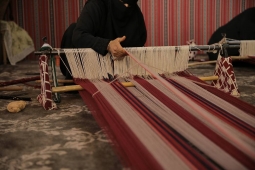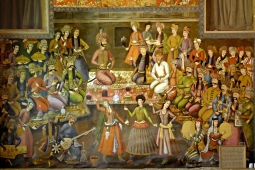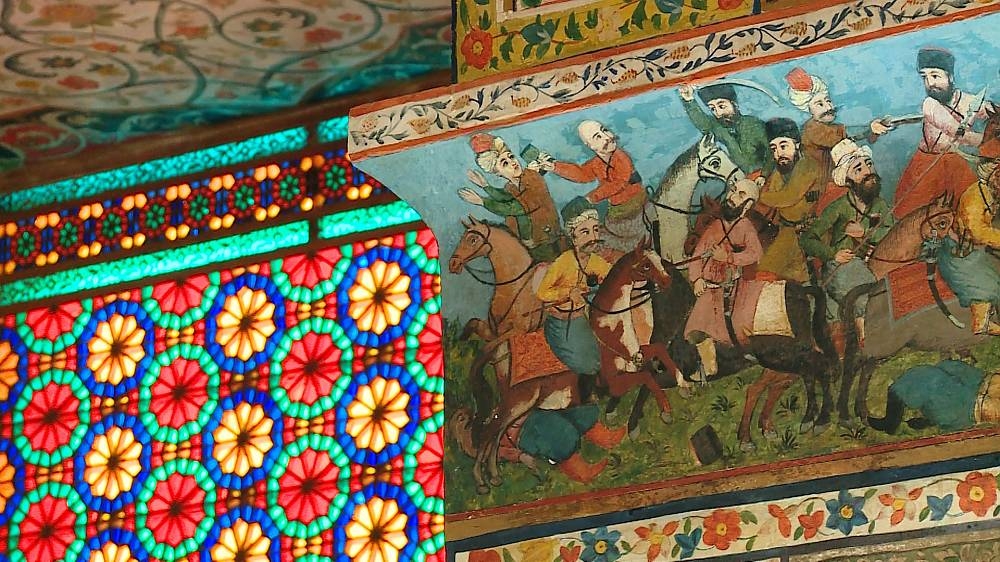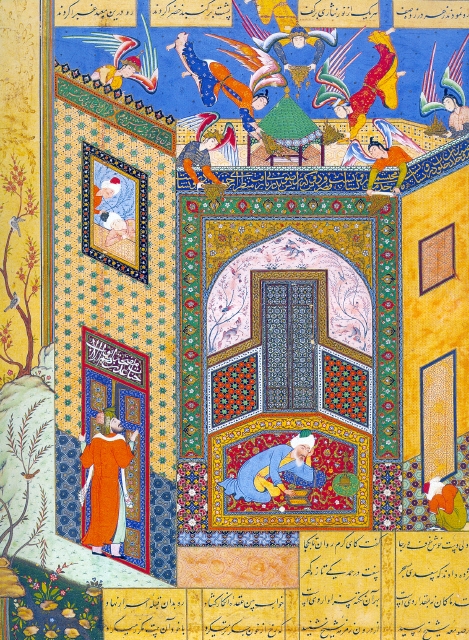Intangible Cultural Heritage Committee Inscribes the Art of Miniature onto the Representative List of Humanity
© Harvard Art Museums/Arthur M. Sackler Museum, Gift of John Goelet, formerly in the collection of Louis J. CartierEvery year during its session, the Intergovernmental Committee for the Safeguarding of the World’s Intangible Cultural Heritage inscribes new cultural elements onto the UNESCO Representative List of the Intangible Cultural Heritage of Humanity in recognition of the important role of intangible cultural heritage in maintaining cultural diversity, promoting dialogue, and encouraging mutual respect.
The Art of Miniature, in Azerbaijan, the Islamic Republic of Iran, Turkey, and Uzbekistan, is a newly inscribed element for 2020 which also exemplifies the rich and diverse cultural heritages from regions along the Silk Roads.
The miniature is a type of two-dimensional artwork involving the design and creation of small paintings within books, on papier- mâché, rugs, textiles, walls, ceramics, and other items using gold, silver, and various organic substances. Historically, the miniature was exemplified by the art of book painting as a visual accompaniment to the text. However, the element has evolved over time and can now be observed in architecture and in adornments to public spaces such as murals.
The miniature utilises a distinct type of perspective, which differs from realistic and naturalistic styles in that the comparative size of the different painted figures indicates their importance. Although it has existed for centuries the art of miniature continues to develop through the communities that practice it, strengthening the bonds between past and present. Additionally, the patterns used within miniatures can represent beliefs, worldviews, and lifestyles in a pictorial fashion and this gained new character via Islamic influence. While there are distinctive styles of miniature in Azerbaijan, Iran, Turkey, and Uzbekistan they share unifying features, form part of each societies social and cultural identity, and rely on the transmission of the art from mentor to apprentice.
You can read more about the history of miniatures along the Silk Roads, and the intercultural exchanges associated with them here.
Related Articles

Intangible Cultural Heritage Committee Inscribes the Traditional Weaving of Al Sadu onto the Representative List of Humanity
The Traditional Weaving of Al Sadu, in Saudi Arabia and Kuwait, is a newly inscribed element for 2020 which also exemplifies the rich and diverse cultural heritages from regions along the Silk Roads.

Indian and European Influences on Persian Miniatures
Iranian arts developed through centuries and acquired various influences, notably thanks to the Silk Roads. After the introduction of Mongolian artistic features in Iranian arts in the 13th century CE, many cultural elements from various artistic schools interacted to form distinct styles of Persian painting, during the Safavid period in the Iranian plateau (1501-1736 CE).









